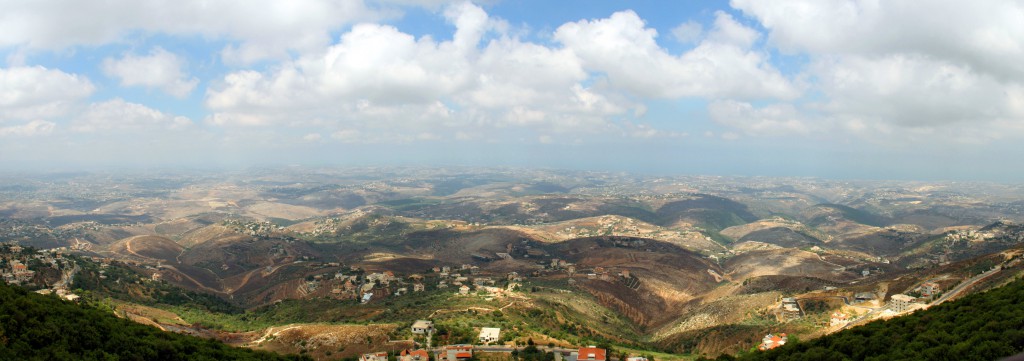 by Hatim El-Hibri
by Hatim El-Hibri
New York University
Hizballah’s Museum of the Resistance at Mleeta is confounding. In one sense, the place confounds many attempts to grasp its importance for understanding the politics and spaces of resistance. In another sense, the museum is a con-founding of the armed struggle it is dedicated to, in that it promotes one interpretation of that history as ‘natural,’ but in so doing, belies the techniques which stage that history.
In statistical analysis, a confounding variable is one that undermines the relation between two other variables under study, or is the third element in the mix that leads, for example, to false correlations. Mleeta confounds in the way that it demonstrates a very distinct sort of relationship between mediatic modes of display and concealment. In many critical modalities, the truth is something concealed and in need of excavation or unveiling. The political value is placed on ‘getting the truth out,’ or, on the politically liberating or subversive effect of displaying that which is concealed. Yet Mleeta is a museum that puts the tactics, technologies, and even theology of covert guerilla warfare on display. The upfront and direct address of its film reel or ‘The Abyss’ installation (complete with a captured tank whose barrel has been twisted into a cartoonish knot), for example, may strike many sensibilities as blatantly propagandistic and easily dismissible. Yet this would miss what is significant about this mode of display. For many political positionalities, it is concealment that is of strategic and tactical importance. As an active military site, Mleeta was of value because of how it weaponized the porosity of the surface of the earth, and according to the affable and multilingual tour guides, provided a ‘natural defense’ against the unnatural relationship to the land that the Israeli forces sought to create. With the transformation of the bunker into a museum display, the subversive or resistant quality of concealment afforded by the underground is re-enlisted in a historical pedagogy of the Resistance. Thus the museum confounds the equation that critique must reveal that which is concealed by including such a move within its structure, and embedding concealment within a mode of display as a new stage(ing) of resistance. Like Solidere, debunking surfaces is structurally and spatially anticipated.
To return to the second sense in which Mleeta is confounding, the museum, as a technology, embodies a supplementary relationship to the historical narrative that it stages. The museum expresses the political moment in which Hizballah began to make a claim to the nation and the state, and to actively seek to establish the legitimacy of its platform in local, regional, and even global arenas. The museum represents a point at which the party, which previously only made claims in the name of historically dispossessed Shi’ites and against Israel, found itself in a position of national prominence or even dominance; of transitioning from making a particular claim to the universal to making a universalizing claim. The site distills the contradictions of the moment when the resistance attempts to naturalize its transition into power, and in a way that need not necessarily be antithetical to the plurality of circuitries of capitalism and tourism. Mleeta does not con-found resistance through its reincorporation into tourism, or its continued and open military resistance—and reduction of resistance—to Israel and the US’s interests. Mleeta does not confound because its gift shop makes Nasrallah into a key chain, but because of the answer it gives as to what happens when resistance becomes The Resistance. At a time when various uprisings struggle for direction and momentum, and the Left grapples with what it means to be spatially political, Mleeta’s confounding contradictions are an object lesson in the politics of space in the context of a visual world that has never been as binary as it seems. Rather, it clarifies how the production of such binaries is integral to the reproduction of the fracturing systems that we live in, and the critical condition of living in the tenuous space between such polarities.
Photo: Mleeta, Lebanon. Credit: James McMillan
